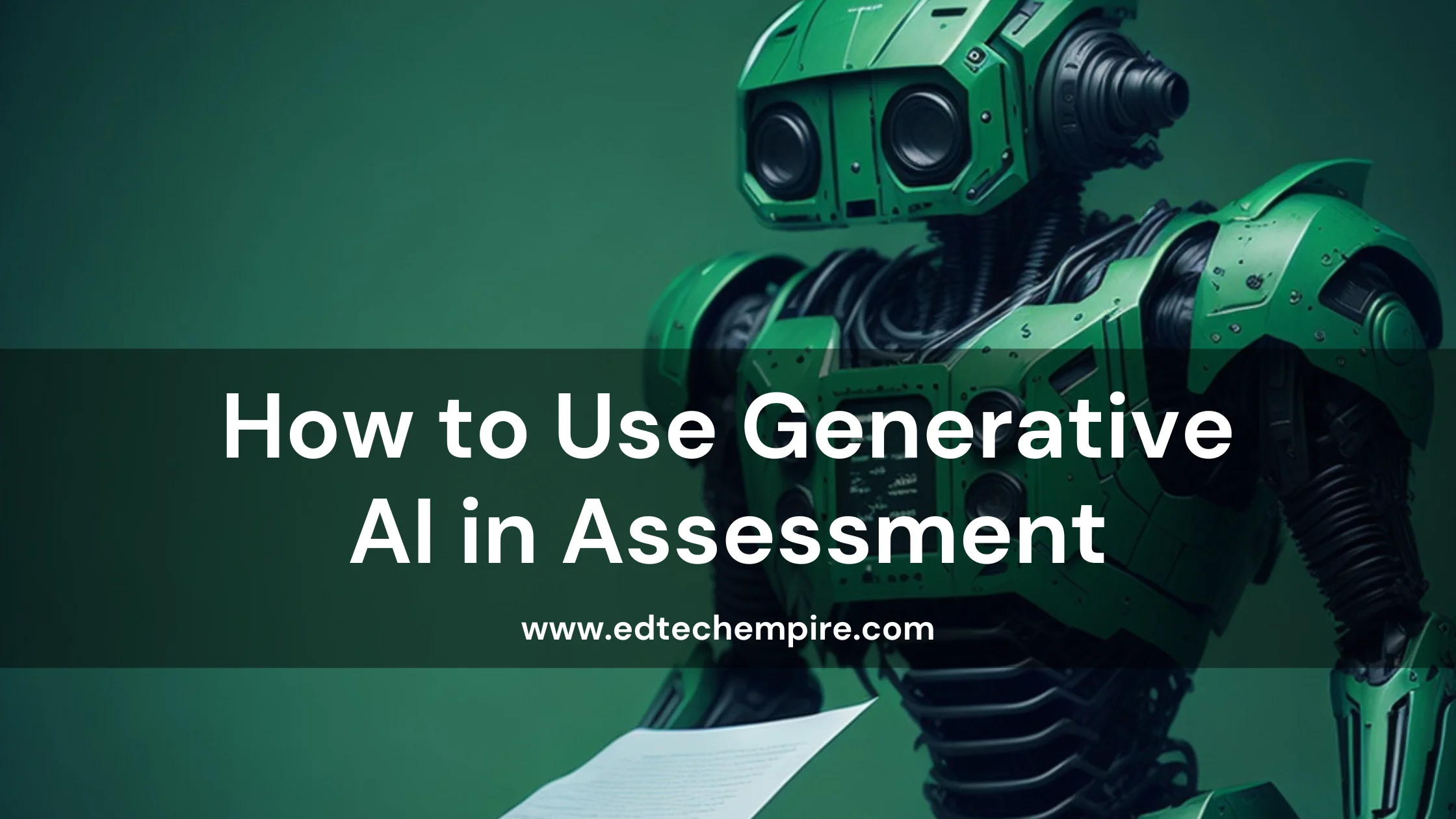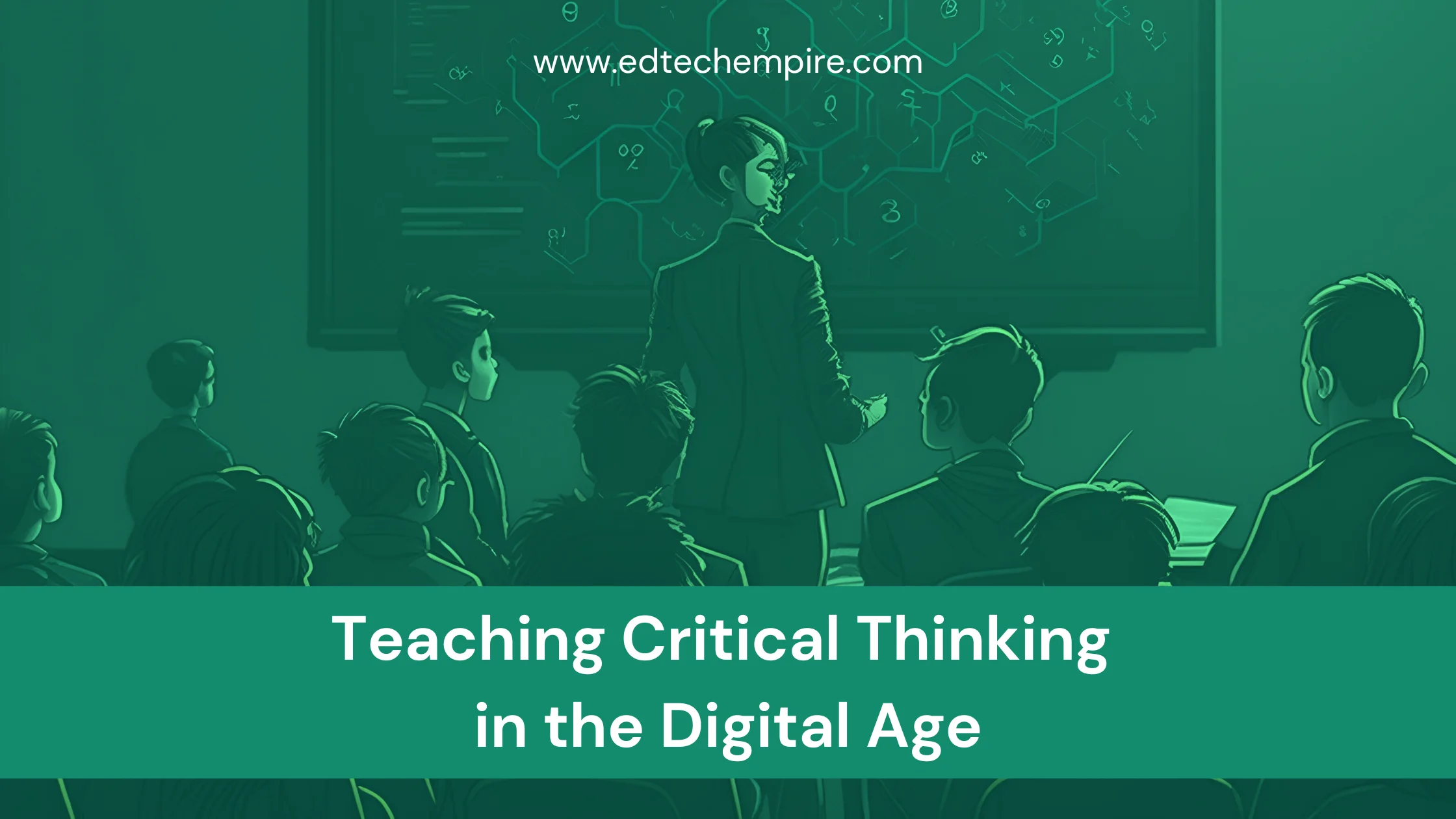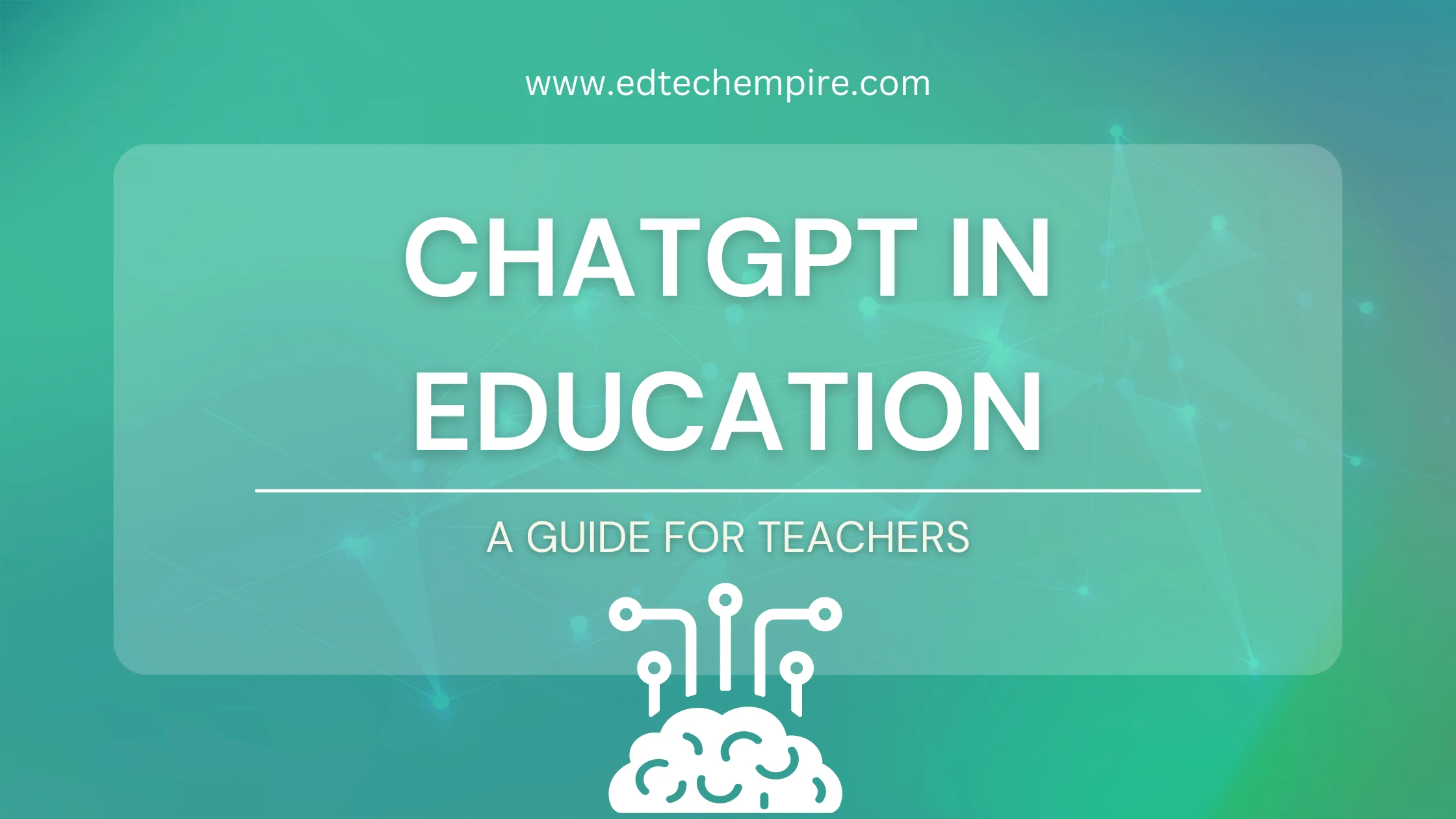![]()
Technology has transformed how we live and learn. It has also become more popular in education in recent years. Technology has created new opportunities for students and teachers, from online learning platforms to virtual classrooms. However, as we incorporate more technology into education, we must consider how it affects our emotional intelligence. This blog will explore the possible positive and negative effects of technology on emotional intelligence, as well as strategies for incorporating technology in ways that promote emotional intelligence. So, let’s dive right into it!
Table of Contents
- What is Emotional Intelligence?
- Why Emotional Intelligence is Important for Teaching?
- The Role of Technology in Education
- The Positive Impact of Technology on Emotional Intelligence
- The Negative Impact of Technology on Emotional Intelligence
- Strategies for Incorporating Technology that Promotes Emotional Intelligence
- Conclusion
What is Emotional Intelligence?
The ability to recognize, understand, and manage one’s own emotions as well as those of others is referred to as emotional intelligence. It is a set of emotional and social skills that enable people to better navigate their environment and relationships. Here is how Wikipedia has defined Emotional Intelligence. Emotional intelligence is an important component of overall intelligence. It is also an important aspect of personal and professional success. Self-awareness, self-regulation, motivation, and empathy are the four main components of Emotional Intelligence.
Emotional Intelligence can also play an important role in Education. It can help students to learn better, collaborate and communicate with students and teachers. It can also help teachers to understand their students better and contribute better for their learning. Let’s learn a bit more on that next.
Why Emotional Intelligence is Important for Teaching?
Emotional Intelligence is important for teaching because of several reasons. let’s explore a few of the most important ones:
- Creating Positive and Safe Learning Environment: Emotional Intelligence enables teachers to create a positive and safe learning environment for their students. Teachers with high emotional intelligence can recognize and respond to their students’ emotional needs, offering support and guidance as needed. This can result in increased motivation and engagement in learning, leading to improved academic outcomes.
- Creating Stronger Relationship: Teachers with high emotional intelligence can form strong bonds with their students. Teachers who can empathize with and understand their students’ perspectives are better able to connect with them on a personal level. This can lead to better communication and collaboration, making students feel more at ease and confident in the classroom.
- Managing Emotions and Stress of Teachers: Teachers must have emotional intelligence in order to manage their own emotions and stress levels. Teaching can be a difficult and demanding profession, and teachers who can manage their emotions and stress are better equipped to handle the demands of the job. This can lead to increased well-being and job satisfaction, which can improve the teacher’s overall effectiveness.
- Understanding and Incorporating Social Emotional Learning: Teachers must have emotional intelligence in order to understand and incorporate social-emotional learning (SEL) into their teaching practice. Self-awareness, self-regulation, empathy, and social awareness are all core components of emotional intelligence. SEL is the process of developing these skills. Teachers who understand the value of SEL are better prepared to incorporate it into their classroom instruction. That way they can provide students with the skills they need to succeed academically and personally.
The Role of Technology in Education
Before getting into how you can promote Emotional Intelligence in incorporating technology in education, let us learn the role of technology in education better. Technology is important in education because it provides access to information, resources, and tools that can improve and expand learning opportunities. It enables the use of interactive and multimedia-based instruction, which can increase student engagement and motivation. Online and distance learning is also possible because of technology, making education more accessible to students in remote or rural areas. It also improves communication and collaboration among students, teachers, and parents. If you want to know more on this, read our blog post on how to incorporate technology into lesson plans.
Technology can have both positive and negative impacts on emotional intelligence in education.
The Positive Impact of Technology on Emotional Intelligence
Technology has the potential to improve emotional intelligence in a variety of ways. Here are some examples of how technology can help people develop emotional intelligence:
- Increased Resource Access: Technology can give students access to a variety of resources, such as educational videos, articles, and interactive activities. This can help them learn about emotions and how to better manage them.
- Improved Communication and Collaboration: Technology can help students, teachers, and parents communicate and collaborate more effectively. This can assist students in understanding the emotions of others and working effectively with them.
- Enhanced Self-Awareness and Self-Regulation: Technology, such as mood-tracking apps or note-taking software, can provide students with tools to track and monitor their own emotions. This can assist them in developing self-awareness and self-regulation abilities.
- Increased Motivation and Engagement: Technology can provide students with engaging and interactive learning experiences, increasing their motivation and engagement in school. It can also assist them in setting and tracking their goals, increasing their sense of purpose and motivation.
- Empathy and Social Skills Development: Some technology-based activities and games that focus on emotions and social skills can assist students in developing empathy and social skills. Virtual reality experiences, for example, can provide opportunities to practice empathy and understand different points of view.
The Negative Impact of Technology on Emotional Intelligence
While technology can improve emotional intelligence, it can also have a negative impact if not used properly. Here are some examples of how technology can harm emotional intelligence:
- Increased Distractions and Difficulty Focusing: Technology can provide a constant stream of distractions. For example – notifications and social media updates, which can lead to a reduced attention span and difficulty focusing. This can have an adverse effect on students’ ability to learn and manage their emotions.
- Reduced Face-to-Face Interactions: Students may spend more time communicating electronically than in person. Thus, technology can lead to fewer face-to-face interactions. This can have a negative impact on their ability to understand and connect with others’ emotions. However, it is an important aspect of emotional intelligence.
- Reduced Empathy and Social Skills: Because students are less likely to engage in face-to-face interactions and more likely to rely on text-based communication, technology can lead to decreased empathy and social skills. This can make it difficult for them to understand and relate to the emotions of others.
- Increased Technology Dependence: Excessive use of technology can lead to increased dependence on it. This can affect students’ ability to manage their emotions and function without it. As a result, they may become less resilient and highly vulnerable to stress and anxiety.
- Reduced Self-Awareness and Self-Regulation: Technology can make it more difficult for students to be aware of their own emotions and how they influence their thoughts and behaviors. It may also result in decreased self-regulation skills. Students may rely on technology to manage their emotions rather than developing the ability to do so on their own.
Strategies for Incorporating Technology that Promotes Emotional Intelligence
- Emphasizing the importance of balance between technology use and other forms of learning: Incorporating activities that involve face-to-face interactions. For example – group projects, or activities that encourage self-reflection, such as blogging, to emphasize the importance of balance between technology use and other forms of learning. This can help students develop their emotional intelligence holistically.
- Utilize technology meaningfully with personalization: It is important to make sure that you as a teacher, is incorporating technology meaningfully. Try to focus on giving attention to the need of individual students when it comes to applying technology. Avoid overpopulating your course activities with technology. Also, make sure you are there for students to reach out to those who are struggling or to those who might need some extra instructions or feedback.
- Encourage face-to-face interactions and communication: This can include activities that involve verbal communication, such as debates or discussions, as well as nonverbal communication, such as drama or improv. This can assist students in developing their ability to understand and relate to the emotions of others.
- Incorporating social-emotional learning into technology-based curricula: This can include using virtual reality experiences or simulations to teach emotions, empathy, and social skills. This can assist students in developing their emotional intelligence in a technologically advanced environment.
- Providing opportunities for self-reflection and self-regulation: Including activities that encourage self-reflection and self-regulation, such as note-taking or mindfulness practice, or activities that focus on self-regulation, such as stress management techniques, can help with this. This can assist students in developing self-awareness and self-regulation abilities.
- Setting guidelines and boundaries: Teachers and parents can establish guidelines and boundaries for students’ use of technology. It may include time limits, blocking specific websites, and disabling notifications during certain hours. This can help students focus and effectively manage their emotions.
- Active monitoring and feedback: It is also essential that teachers actively monitor how students are participating and progressing through the technology-enhanced activities. It is equally important for teachers to provide their students with the necessary feedback to identify possible improvement scopes and better interactions.
Conclusion
Emotional intelligence is an important component of education that has a direct impact on student achievement. It is critical to consider how this integration may affect students’ emotional intelligence. Technology can increase access to resources, facilitate communication and collaboration, and boost motivation and engagement, but it can also cause distractions, decrease face-to-face interactions, and decrease empathy and social skills.
It’s important to remember that emotional intelligence is a complex concept. There’s no one-size-fits-all approach to incorporating technology into education. The key is to strike the right balance and to use technology that encourages emotional intelligence in individual students. Hopefully, this blog has helped you to identify the importance of Emotional Intelligence in incorporating technology in education.
Khondker Mohammad Shah-Al-Mamun is an experienced writer, technology integration and automation specialist, and Microsoft Innovative Educator who leads the Blended Learning Center at Daffodil International University in Bangladesh. He was also a Google Certified Educator and a leader of Google Educators Group (GEG) Dhaka South.















Leave a Reply